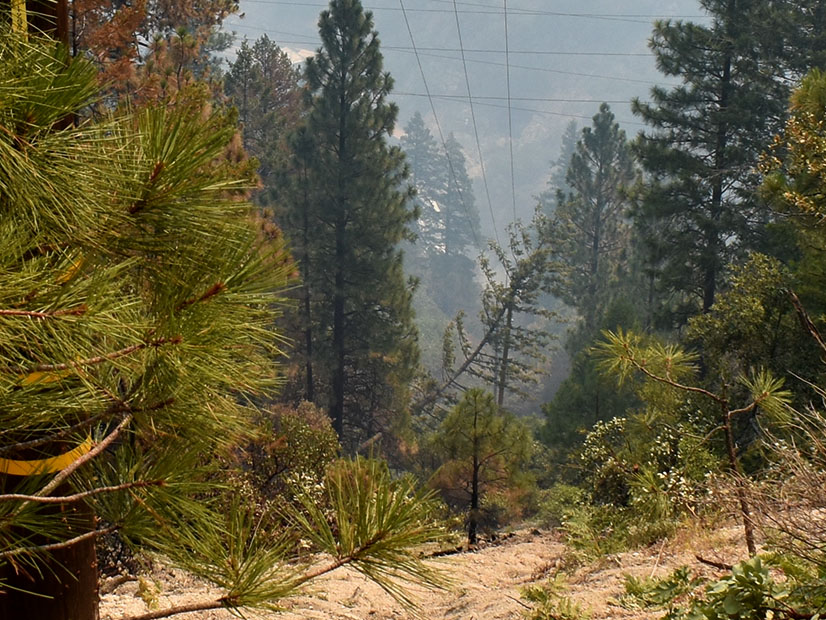
The California Public Utilities Commission adopted criteria Thursday allowing it to hold Pacific Gas and Electric (NYSE:PCG) more accountable for starting wildfires or undermining reliability with public safety power shutoffs.
PG&E’s failure to meet the 32 new safety and operational metrics can serve as triggering events in the CPUC’s enhanced oversight and enforcement process. Established as a condition of the utility’s bankruptcy reorganization last year, the six-step process involves increasing oversight and penalties, potentially culminating in the revocation of PG&E’s operating license.
“Each step is triggered by a specific finding or specific events, and the triggering mechanisms include a failure to make specific, sufficient progress on the metrics that we’re adopting today,” Commissioner Clifford Rechtschaffen said of the plan. “It’s a very important part of making sure that we can implement this unique six-step enforcement framework, which we think is very important to holding PG&E accountable.”
PG&E is currently in the first step of the process for failing to prioritize vegetation management around power lines in high-risk fire areas. A tree falling on a PG&E line is suspected of this summer’s immense Dixie Fire. (See CPUC Applies Stricter Oversight to PG&E.)
In August, CPUC President Marybel Batjer warned PG&E it could face additional oversight.
“I have directed California Public Utilities Commission staff to conduct a fact-finding review regarding a pattern of self-reported missed inspections and other self-reported safety incidents to determine whether a recommendation to advance [PG&E] further within the [CPUC’s] enhanced oversight and enforcement process is warranted,” Batjer said in a letter to PG&E CEO Patti Poppe. (See CPUC, Judge Pressure PG&E to Clear High-Risk Lines.)
The new and updated metrics adopted Thursday include injuries and deaths among members of the public caused by PG&E operations, the frequency and duration of unplanned outages, and the number of fire ignitions in high-risk fire areas.
Another factor is the impact on reliability of PG&E’s public safety power shutoffs (PSPS). The intentional blackouts are meant to prevent fires, but PG&E has been criticized recently for using PSPS too often and without warning customers. (See PG&E Expects $1B in Costs from Dixie Fire.)
Starting in March, PG&E must file reports every six months with the CPUC that include data for each metric, a description of progress toward its safety targets and proposed methods for remedying deficiencies.
The measures are part of the CPUC’s Safety Model Assessment Proceeding (S-MAP), a means of applying risk-based, outcome-driven criteria to large investor-owned utilities through their general rate cases. The CPUC on Thursday added metrics for Southern California Edison, San Diego Gas & Electric and Southern California Gas to consider when investing in infrastructure and operations.
“Transparent, risk-based investment decision-making approaches better inform the CPUC and interested parties in evaluating how energy utilities assess, manage, mitigate and minimize safety risks,” the commission said in a statement.

